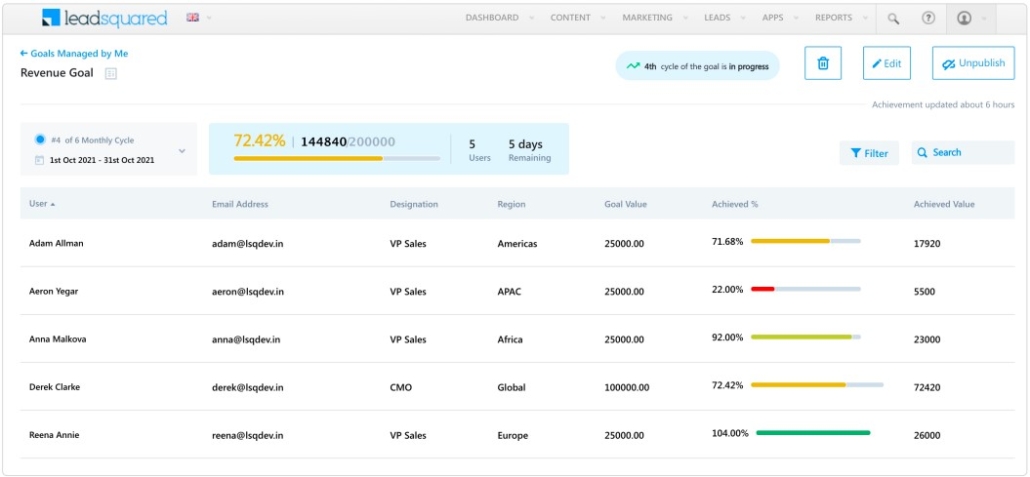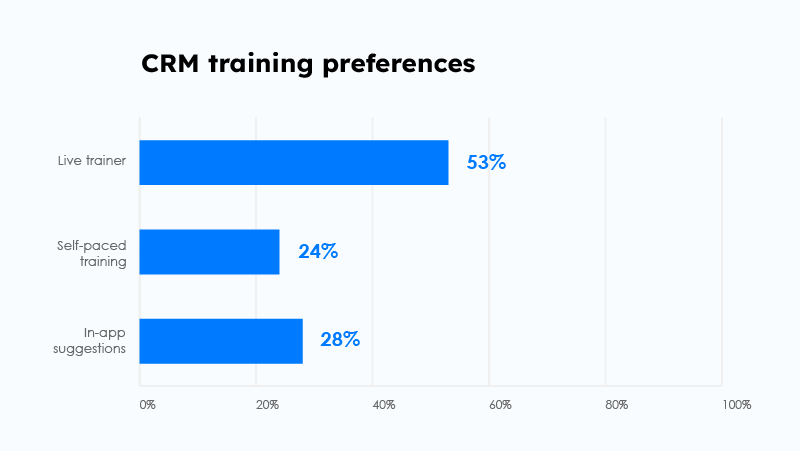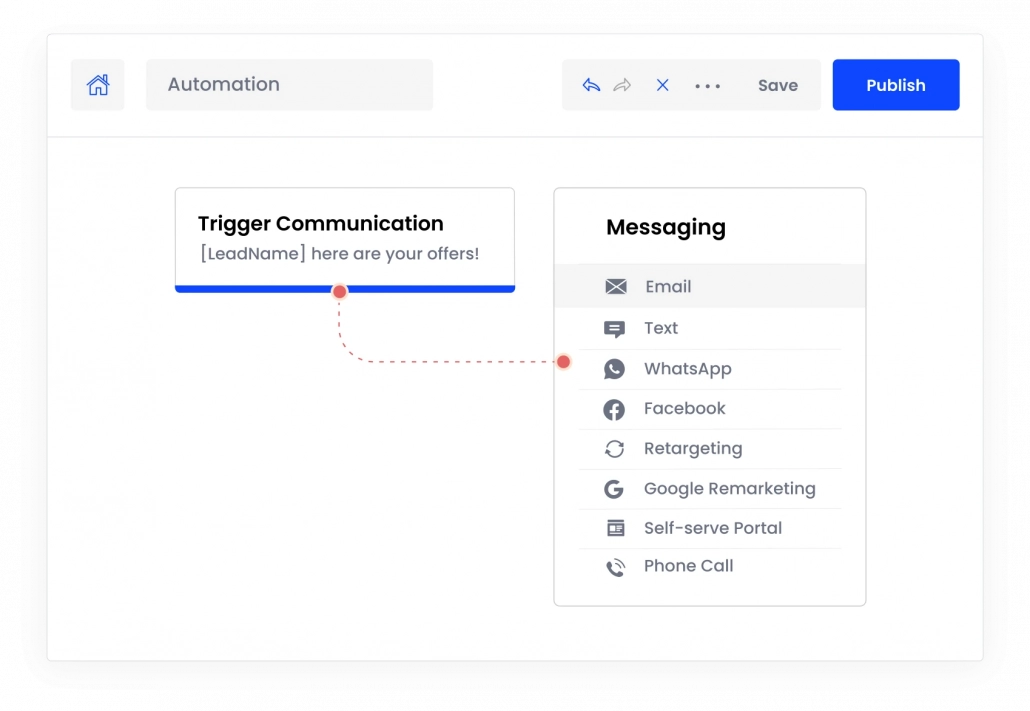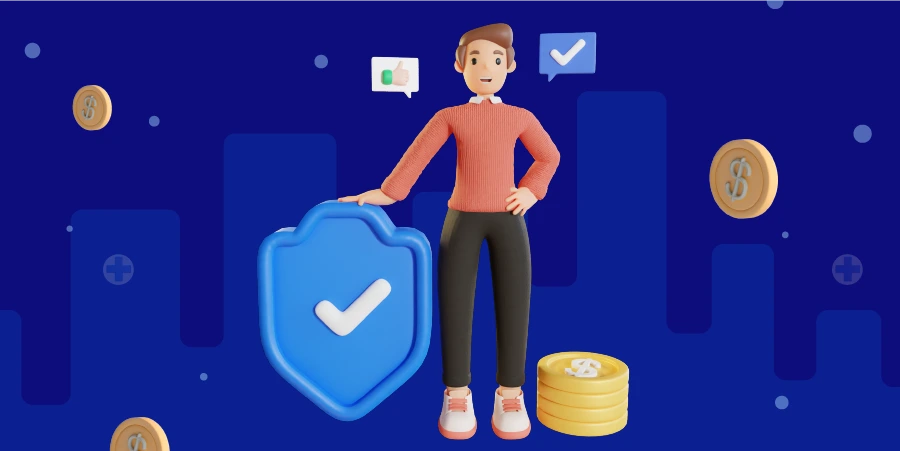Whether you are planning to launch a new business or want to increase your ROI, you definitely need to adopt best marketing practices to attract customers. But, funneling leads through social media campaigns and other content strategies, which are all inbound methods, may not necessarily give you substantial results.
That is why you need to employ outbound sales techniques.
Table of contents
What is outbound sales?
Outbound sales is a selling technique where sales reps go to your potential buyers instead of waiting for them to come to you. You or your sales team pitch new prospects through email marketing, cold calling, and social media messaging.
However, you have a great deal of work to do since outbound sales techniques typically generate cold prospects. This means these prospects have no initial interest in your services or products. And there are just so many touch points to go through before they are finally converted into buyers.
To shorten your sales cycle and give your business an excellent head start, we have compiled a few simple yet effective outbound sales tips below.
5 Tips to become a pro at outbound sales
1. Always start with a goal
Before test-running your outbound sales strategy, you’ve got to set your expectations first. Ask yourself questions like:
- What do I want from this?
- How much can I invest?
- How many quality conversions should I expect?
- Any backup strategy if this one falls through?
Quite a few B2B companies skip this crucial step. But knowing what you want to achieve through outbound sales is essential. While the main focus is to generate potential buyers, you need to break this focus down and specify the milestones that make up your sales goal.
For example, a company expecting hundreds of customers monthly will probably invest less capital than one that needs tens of thousands of potential buyers. Creating a goal helps you allocate your resources wisely and contributes to the successful implementation of your outbound sales strategy.
However, you need to track target vs. achievement regularly. You can use software to measure milestones daily, monthly, quarterly, or annually. An example of such software would be LeadSquared Ace. It is a sales performance management suite built on top of CRM. It helps you:
- Define KPIs
- Set up goals for individuals and teams
- Assign goals
- Track target vs. achievement
- Plan incentives and payouts

2. Say NO to a substandard sales team
Building a functional sales team goes beyond gathering a group of theoretically-trained experts and assigning them to cold emailing prospects or calling new leads. As a core part of your business, modern sales teams are trained to generate and effectively convert quality leads. In fact, they maintain stable relationships with potential clients at all times, virtually or face-to-face.
That being the case, a substandard sales team can ruin your business and waste resources without yielding good returns. Moreover, you don’t want to start shuffling yearly from one sales agency to another. So, you need to ensure you have the right set of people onboard before you start your business.
Of course, you can decide to take on the role of a sales rep yourself if you have limited capital, but that is not a good idea.
Here are a few tips on building and managing a great sales team:
Decide your hiring criteria
Your hiring criteria are a set of benchmarks people need to pass if they want to join your sales team. Take it as a way of filtering out the need to choose from a bulky list of people.
You could decide to hire a team of veteran salespersons or kick off your business with complete newbies. Both choices are okay, but you need to make sure whoever you’re taking in has a learning attitude and not a fixed mindset.
Sometimes, taking in a teachable newbie is a plus, especially if your business is running on a low budget and can’t pay for experienced experts. But you must be very careful of your choices since who you employ can maim or make your sales goals. While taking interviews, don’t just rely on your gut feeling, prepare and set of interview questions and expected answers beforehand.
Set an in-house test or hire based on industry experience when dealing with veterans to fast-track your recruitment process and get the most from it.
What is your hiring scale?
Finding the right scale is essential. Otherwise, you might overstaff or understaff your newly established business without getting significant results. Consider the size of your business, number of products, audience size, budget, and expected results.
Employing sales forecasting methods help here. It gives you a clear picture of your business goals and the team size required to achieve them.
Hire right from the inside
Now that you have a sizeable list, it’s time to start hiring. One common mistake businesses make is neglecting their existing employees. Before you hire strangers to fill in your sales team, explore the potential of your existing workers and see if there are any who can take up the role.
The advantage is that you can easily skip the onboarding process and work with those you are familiar with. And if you prefer working with different people this time, you can publicize your job vacancy on reputable boards or check out professional job platforms like LinkedIn and Indeed.
Train your salesforce
You already have a good sales team, but that’s no reason to dump tons of assignments and targets on them. Take your time to prop your sales team members up, bring them onboard with a few practical experiences, and help them adjust to your business needs.
Training shouldn’t be a one-time thing. Expose your salesforce to the latest updates and use modern software wherever necessary. Also, depending on the new hires’ proficiency in technology, determine what method works best for them.
For instance, we surveyed 3,061 CRM customers and found that more than 50% prefer live training over self-paced training.

Encourage friendly competitions
Be careful of under-exploring the potential of your sales team. Does one or two of your sales reps achieve faster results than others every time? Share their records with the team and provide bonuses and perks for highly-performing members.
You should gamify friendly competition, track daily performance, motivate users, and reward your members occasionally.
3. Create customer profiles and use them in your sales and marketing
Blindly jumping into selling can be fatal for your business. It is because, in the beginning, you might not have an idea of who your customers are. You might not even know what they want or how your services can be of help to them.
Your business needs a buyer persona – a deeply researched profile of your to-be customers. A buyer persona or customer profile allows you to focus your resources on a particular group of people instead of aimlessly sending cold emails. Moreover, a standard profile helps you develop a personalized approach for each individual rather than utilizing rigid templates that don’t work.
Here are some tips to help you build a helpful persona:
Figure out your target audience
Your target audience includes those you want to sell your services or products to. They can be individuals or businesses (B2B or B2C) depending on the type of product or service you sell. Figuring out your target audience involves doing some internal and external research.
Internally, you can discuss with existing employees across departments the types of customers they have seen and who the ideal customers should be.
Externally, you can conduct competitive research, market research, and A/B test different campaigns to check the kind of audience you’re attracting.
Understand your buyers’ pain points
The next step in being a good salesman is understanding your customers. It involves both—knowing their needs and the challenges they’re facing with the existing products. If they aren’t using any products, it’s high time to understand and convey how your solution can solve their problems.
Use social listening or social media sentiment analysis tools to find your audience’s JTBD (jobs to be done) and what stops them from achieving success. Then tailor a value proposition that explains how your product or services can help them out.
Your value proposition should focus more on benefits than features. What will your audience gain if they buy your product? This is a question your sales team should be able to answer on the spot.
4. Define a process for your outbound sales
After you have all the information regarding your customers, it’s time to go out and market your products strategically. But this is also where the real problem starts. A mistake could make your prospecting efforts, go down the drain.
Outbound sales outreach methods such as cold calling, emailing, and social media messaging are all effective. However, it is one thing for your customers to know you before calling them, and it is another for them to wake up to a completely unfamiliar email or strange call.
Especially in this digital world where every unsolicited online approach seems like a scam to your new leads, you need to consider the best method of communication to use carefully.
Here’s how to get the best out of your outreach methods:
Generate quality leads
You need leads to start your outreach. You can try one of the following strategies to find leads:
B2C businesses
- Run Facebook and Instagram campaigns to generate leads
- Buy leads database
- Join groups on Facebook to scout for leads
- Search for leads in local directories
- Listen to social media conversations and fetch leads that fit your buyer persona
B2B businesses
- Use LinkedIn Sales Navigator to find B2B leads
- Purchase lists
- Run targeted Google Ad campaigns
The most important thing is to ensure that your sales team has updated information to work with. Outdated contacts, broken links, or non-existent profiles are a waste of time.
Use cold calling and email marketing in tandem
Once you have your leads, the next thing is communicating and qualifying them for sales. But using cold calling or email marketing separately is usually not as effective as when used together. A good calendar for using these two outreach channels consecutively is shown below.
Day 1: Use cold calling to introduce your business formally. No selling.
Day 2: Reach out to the same leads and ask for permission to follow up. Still no selling.
Day 5: Follow up with a call and start selling.
Day 7: Send an email follow-up selling benefits, not features.
Day 9: Still email follow-up
Day 10: Reach out with a call
This cycle can continue for as long as possible or until your prospect takes action. Although this method helps you build a customer relationship quickly, you should know that not all leads will convert. And you have to be careful of overdoing it to avoid irritating your leads.
Personalize communications
While it’s true that your sales team will be dealing with tons of leads every day and can’t spare enough seconds on a single prospect, you still need to personalize your emails. Replace “Hi there” with something more human and targeted, like “What’s up, Bob” or “Hi, Ayomide”.
Your email might also risk landing in the spam box if it is too robotic, contains too many links, or is not CAN-SPAM compliant. So you must follow the proper email marketing practices to have higher conversions.
Always use a CTA
Your entire email marketing strategy is useless if there is no CTA. After your leads are done reading the sweetly crafted emails you sent, there has to be a way for them to explore more. Give them a click-to-action button to learn more about your services.
You can also add a business owner email signature at the end of all your bulk emails to give your leads a high-pedestal feeling. Imagine receiving a cold mail from Apple, with Tim Cook’s email signature at the end of the email copy. You’re bound to take an action, right?
Build a social media presence
Social media platforms are great for generating new leads. But you can’t just start messaging everyone you find.
You need to build your presence by joining groups where your target audience is. Make use of social engagement tools to like and comment where possible. Once you have enough presence, you can then find your way into your audience’s chatbox by sending a personalized LinkedIn connection message.
Here’s a quick guide on how some of the top field sales reps are using social media to their advantage.
5. Automate your outbound sales process
Having to deal with so many leads can be tasking, even if you have enough salesforce. The best thing you can do is automate your sales processes with CRM software. Outbound sales automation can help eliminate repetitive tasks such as bulk emailing and manual dials.
In turn, your sales developers and representatives have enough breathing space to focus on more critical tasks, such as closing deals.
Here are a few things automation can do for you:
Capturing leads
Whether you decide on buying lists, navigating directories, or running ad campaigns, you’ll struggle if you don’t have all your leads in one place.
Use a solution that enables you to capture leads from several sources and organizes them in a central repository. Usually, CRM software can help you with this.
Nurturing
Accelerate your prospecting journey by auto-sending bulk emails. All you have to do is provide an email sequence to be followed. The same thing applies to auto-dialing leads for cold-calling. This might not seem much, but when you combine all the time it saves for you, the result is usually worth it. You can also try different outreach methods at once.
For instance, if your prospect doesn’t respond to your phone call, send them an SMS or email.
Another way to look at it is—if you see more conversions through a particular medium (let’s say email), use email marketing automation more to nurture your leads.

Monitoring prospecting progress
Generating leads and nurturing them into hot leads is usually a long process, and there are chances of mix-ups. Two sales reps might be working on the same prospect without being aware.
Automation tools help you track real-time prospecting progress and know which sets of leads have been worked on. Moreover, you can also monitor the sales progress of your team members and reward them.
Start strong with your business
Outbound sales may sound traditional and tiring compared to inbound sales. However, if done strategically you can win more customers through outbound methods than inbound methods.
To sum up,
- Start with a clear goal and build a functional sales team from the start.
- Research your target audience and reach out to only those who fit your customer profile.
- Reach out to prospects wisely. Avoid too frequent follow-ups or forced meetings.
- Automate your sales process as much as you can.
If you’re looking for software that can help you with outbound sales, check out LeadSquared. It helps you with lead management, sales performance management, sales workflow automation, and more. Book a quick demo to talk to our consultants and understand how it can help your business.









